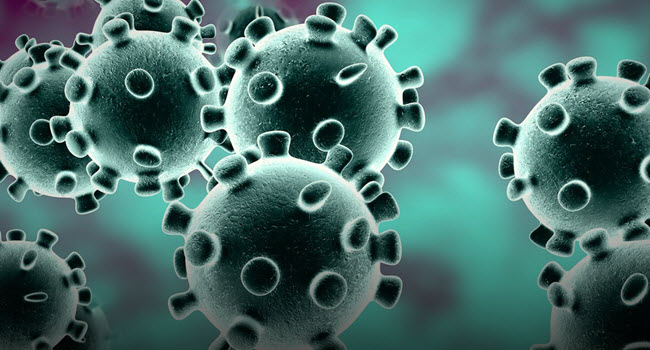[ad_1]
MONDAY, May 4, 2020 (HealthDay News) — Many U.S. states are preparing to emerge from their quarantine cocoons, hoping to get their economies back on track.
But experts are concerned that these states have not yet created the public health infrastructure needed to safely reopen without causing a second wave of COVID-19 infections.
In particular, tens of thousands of new public health workers trained in contact tracing are needed to have any hope of heading off future outbreaks in local communities, warned Crystal Watson, a senior scholar with the Johns Hopkins Center for Health Security.
Contact tracing “is the best tool we have to manage this in an ongoing way and allow our economy to open up again,” said Watson, who recently co-authored a major report on public health’s ongoing role in reopening America.
Watson estimates that the United States will need at least 100,000 workers trained in contact tracing across the nation, at a bare minimum, to keep COVID-19 at a manageable level.
There are currently around 30,000 contact tracers, Watson said. That might sound like not much, but it’s better than what it was at the start of this national emergency, when there were only 2,200 trained contact tracers in state health departments around the United States.
Last week the tri-state area of New York, New Jersey and Connecticut announced plans to build a nation-leading force of 6,400 to 17,000 contact tracers — a baseline of 30 tracers for every 100,000 that can be expanded if COVID-19 cases start to surge.
“One of the most important steps to take to reopen the economy as safely as possible is to create a system of contact tracing. When social distancing is relaxed, contact tracing is our best hope for isolating the virus when it appears — and keeping it isolated,” former New York City Mayor Michael Bloomberg, who is helping lead the effort, said in a statement.
How contact tracing works
Contact tracing is essentially detective work, experts said.
“It is used to break chains of transmission, to manage epidemics of this virus at an ongoing low level, to prevent future waves or surges of cases, and to enable us to get back to work in a much safer way,” Watson said.















